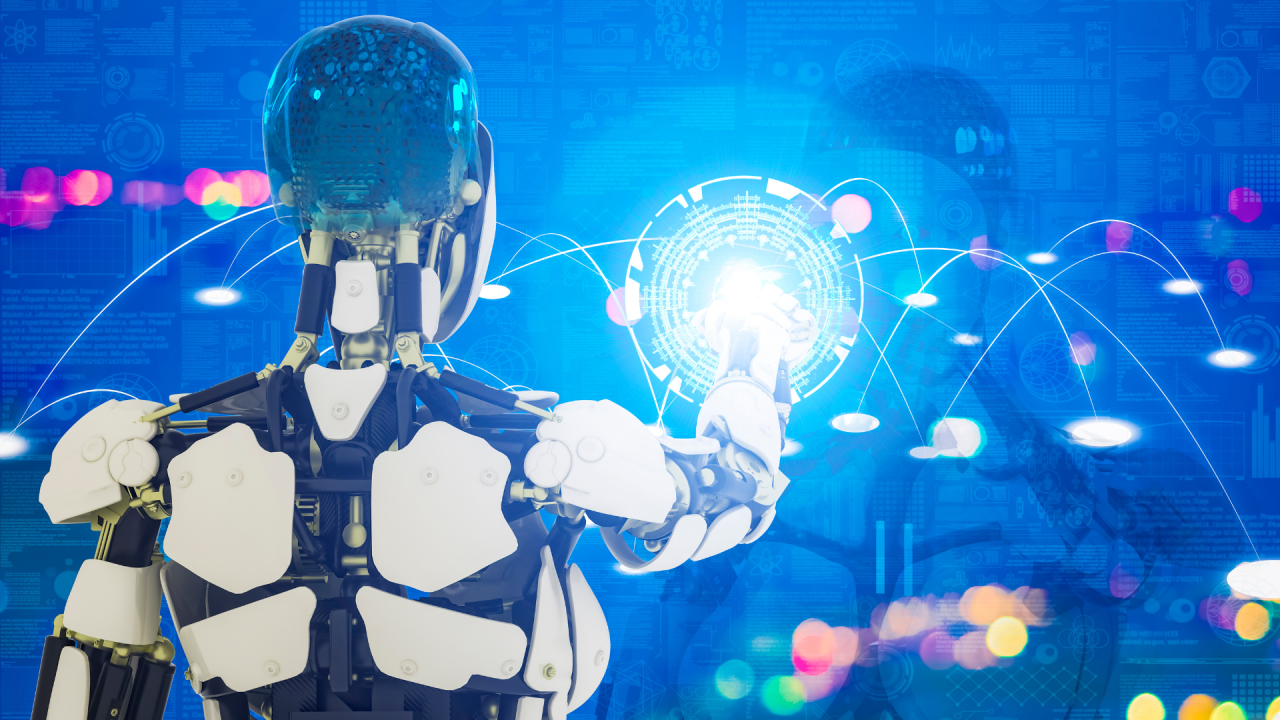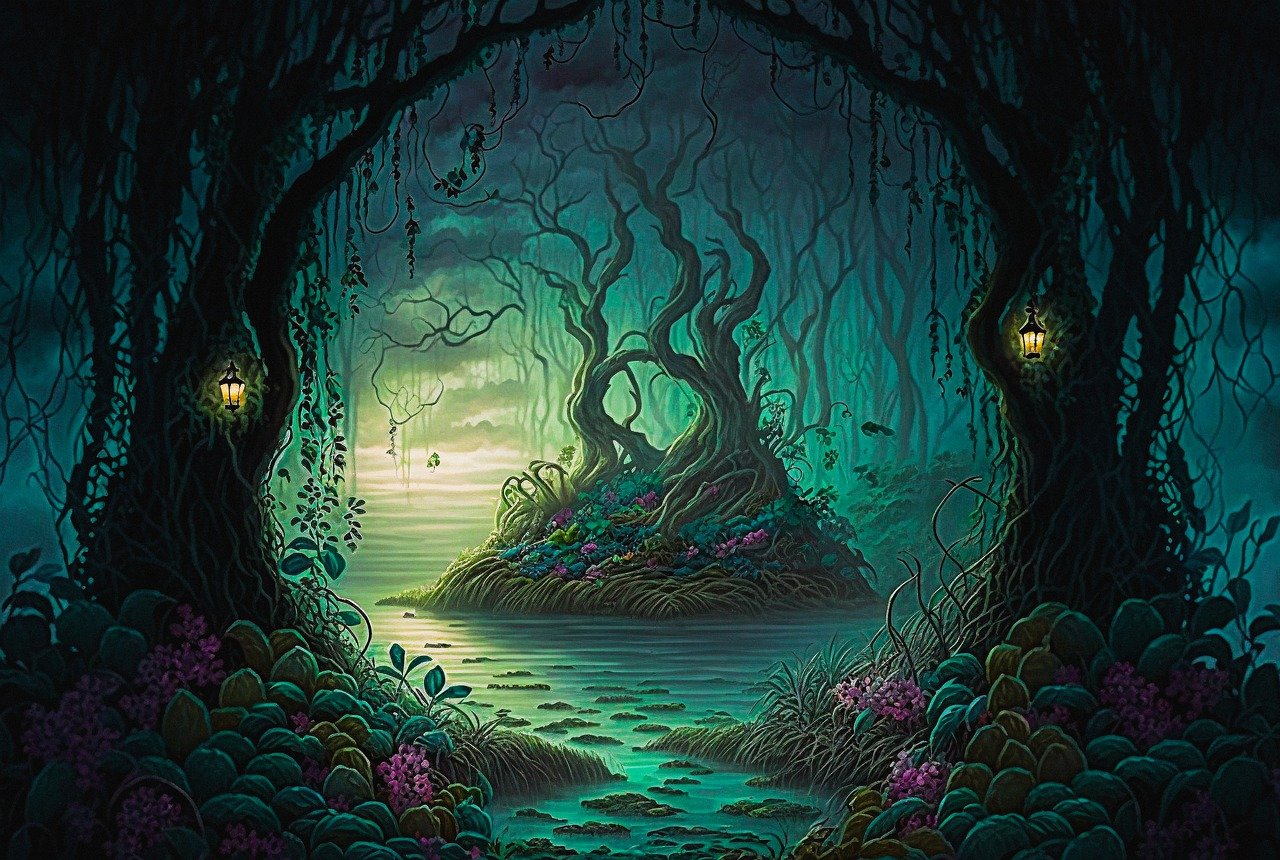Artificial Intelligence (AI) is transforming numerous fields, including the realm of art. AI artists, powered by sophisticated algorithms and deep learning models, are creating artworks that challenge our notions of creativity and authorship. This article delves into the capabilities and limitations of AI artists, exploring the technological advancements driving their development and the ethical and philosophical implications they raise.
The Capabilities of AI Artists
- Generative Art:
- Process: AI algorithms, particularly Generative Adversarial Networks (GANs), can create new images by learning from large datasets of existing artworks. These networks generate novel pieces that can mimic various artistic styles or blend them in innovative ways.
- Examples: Projects like DeepArt and Artbreeder use GANs to allow users to create unique artworks by inputting specific parameters or combining different styles.
- Style Transfer:
- Process: Neural style transfer involves applying the style of one image to the content of another. This technique allows AI to transform photographs into works that resemble famous paintings or merge different artistic styles.
- Applications: Tools like Prisma and DeepArt enable users to turn their photos into art pieces inspired by renowned artists such as Van Gogh or Picasso.
- Complex Pattern Recognition:
- Process: Deep learning models can analyze and replicate complex patterns found in various art forms, from the intricate brushstrokes of Impressionist paintings to the geometric precision of modern digital art.
- Impact: This capability allows AI to produce artworks that are highly detailed and stylistically consistent with human-created art.
- Interactive Art:
- Process: AI-driven interactive art installations respond to user inputs or environmental factors, creating dynamic and evolving artworks. These installations often use sensors, cameras, and real-time data processing.
- Examples: Artist Refik Anadol’s installations use AI to transform data into immersive visual experiences that change based on viewer interaction.
The Limitations of AI Artists
- Lack of True Creativity:
- Issue: While AI can generate art that is novel and visually appealing, it lacks the genuine creativity that comes from human experiences, emotions, and intuition. AI relies on existing data and patterns, limiting its ability to produce truly original ideas.
- Impact: This limitation means that AI art often feels derivative or formulaic, lacking the depth and emotional resonance found in human-created art.
- Dependence on Data:
- Issue: AI artists require vast amounts of data to learn and create. This dependence means that the quality and diversity of the input data significantly influence the output. If the training data is biased or limited, the resulting art will reflect those limitations.
- Example: An AI trained predominantly on Western art styles may struggle to produce works that authentically represent non-Western artistic traditions.
- Ethical and Legal Challenges:
- Issue: The rise of AI in art raises questions about authorship and intellectual property. If an AI creates a piece of art, who owns the rights to it? Additionally, using existing artworks to train AI models can lead to concerns about copyright infringement.
- Discussion: These challenges require new legal frameworks and ethical guidelines to navigate the complexities of AI-generated art.
- Emotional Disconnect:
- Issue: AI lacks the ability to experience and convey emotions genuinely. While it can simulate emotional expression through learned patterns, it does not understand or feel the emotions it represents.
- Impact: This emotional disconnect can result in art that, while technically proficient, may not evoke the same emotional response as human-created works.
Notable AI Art Projects and Collaborations
- “The Next Rembrandt”:
- Project: A collaboration that used AI to create a new painting in the style of Rembrandt by analyzing his works. The project demonstrated AI’s ability to learn and replicate the techniques of a master artist.
- Obvious Art Collective:
- Project: Known for their AI-generated portrait “Edmond de Belamy,” which sold for $432,500 at Christie’s. This project highlighted the commercial potential of AI art and sparked discussions about the value and originality of AI-generated works.
- Mario Klingemann:
- Work: An artist who extensively uses AI in his creations, Klingemann explores the boundaries of machine creativity and human-AI collaboration. His works often involve generative processes that produce unexpected and thought-provoking results.
Ethical and Philosophical Considerations
- Authorship and Ownership:
- Question: Who is the true creator of AI-generated art? Is it the programmer, the user, or the AI itself? This question challenges traditional notions of authorship and requires new frameworks for understanding ownership and rights.
- Impact on Artists:
- Concern: The rise of AI in art raises concerns about the displacement of human artists. While AI can democratize art creation, it also poses a threat to traditional artistic professions.
- Perspective: Many artists view AI as a tool rather than a competitor, using it to enhance their creative processes and explore new artistic frontiers.
- Cultural and Aesthetic Implications:
- Issue: AI-generated art often reflects the biases present in its training data, which can perpetuate cultural stereotypes or exclude diverse perspectives. This raises questions about the cultural and aesthetic implications of relying on AI in art.
Conclusion
The capabilities of AI artists are impressive, offering new tools and possibilities for artistic creation. However, they also come with significant limitations and ethical challenges. As AI continues to evolve, it will be crucial for artists, technologists, and policymakers to navigate these complexities thoughtfully. The fusion of human creativity and AI’s computational power has the potential to transform the art world, but it must be approached with care to ensure that the resulting art is both innovative and meaningful.


